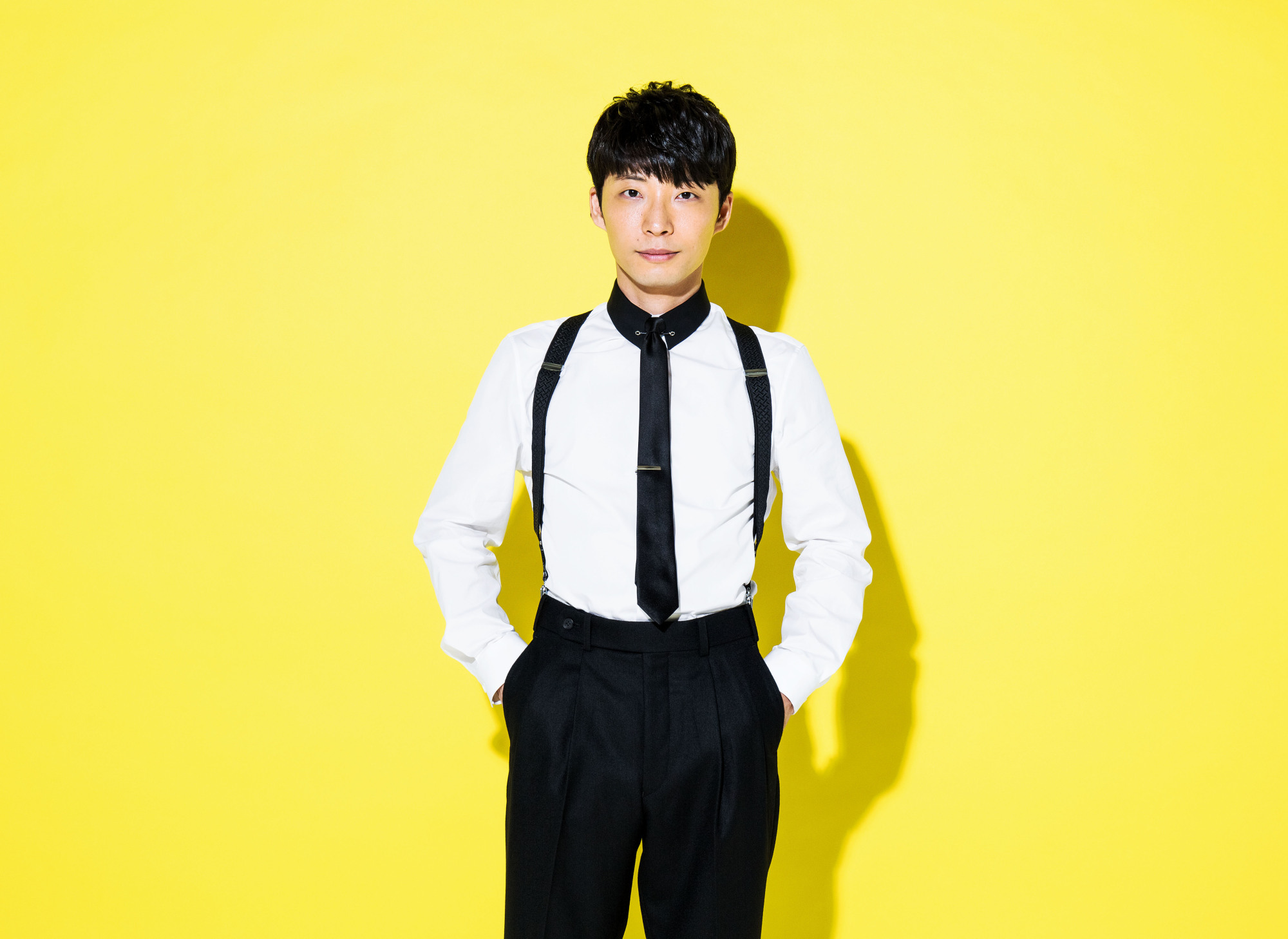Media, both domestic and overseas, spent a lot of time focused on the streaming services arriving in Japan in 2016. Months of "Can these platforms thrive in CD-loving Japan?" speculation reached a climax in September, when global market leader Spotify finally debuted here. There was a big press conference, launch parties and one final flurry of articles pondering if this could be the sea change so many thirst for in the country's music industry.
One problem, though — that shift already happened, via digital platforms that arrived in Japan years ago, and which became pop cultural forces over the course of this year.
There are two ways to look at the state of Japanese pop music over the past 12 months. On one hand, 2016 was a golden year for looking back and celebrating artists that exemplify the traditional power structures so many tech companies are trying to disrupt, highlighted by J-pop titan Hikaru Utada's comeback and the drama-cum-mourning around the soon-to-disband outfit SMAP. You can't find either of their albums on streaming services, and only snippets elsewhere online for that matter. In these cases, labels and talent agencies held all the power. Same as it ever was.



